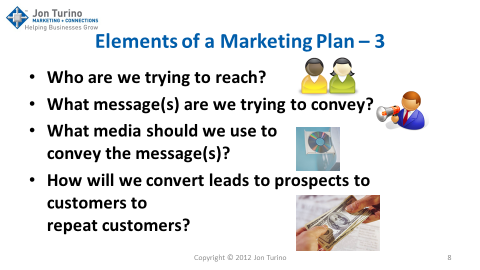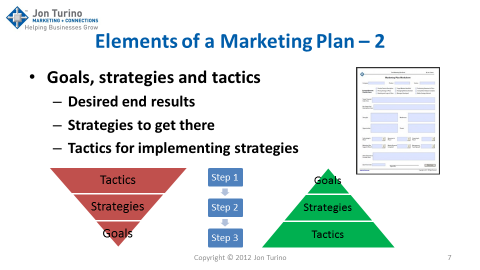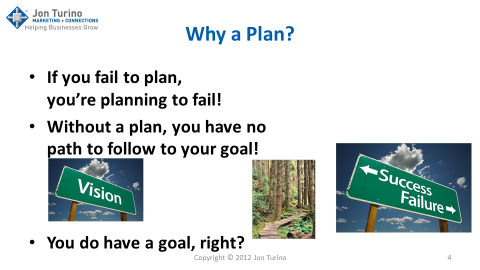
Authority versus Power
Do you know the difference between these two terms? And I don’t mean just the dictionary difference, I mean the difference in behavioral terms of both those wield and those who submit to one or another of their forms.
You may be given the authority, by someone with higher authority or with real or perceived power, to sign checks in your company, to hire and fire people, to issue purchase orders (up to your authorized amount) and the like. This authority was given to you and it may be revoked at any time for any reason, however arbitrary (although the more arbitrary the reason the more justified it will be).
Power, on the other hand, is something that you give yourself, even if you have no authority to grant it to yourself. And no one can take it away from you. Let me give you an example.
The supply room people in your company are tired of being interrupted all the time by people demanding pencils, pens, paper, paper clips, staples, copies, etc. So they put out a memo that says, in essence, “In order to serve you better, office supplies will now be available for pickup on Tuesdays and Thursdays from 10 AM to Noon and from 2 PM to 4 PM. Please drop your written and approved request forms – downloadable on the company Intranet – at least 24 hours in advance to insure that your supplies will be ready for pickup at the time you choose. – Supply Room Management”
Who gave the supply room “management” the authority to modify the behavior of everyone in the company who uses office supplies? No one did. They gave themselves the power to change their environment and work habits by issuing the memo – and publishing it to the whole company because they also own the copy machines and do the mail deliveries! And who is going to question their obvious attempt to be more helpful to everyone? Aren’t they doing this “in order to serve you better?” You don’t want better service? What are you, some kind of subversive chronic complainer who needs to be reported up the management chain?
OK, the CEO’s admin wants something on Wednesday. Are the supply room folks going to give her a hard time? Of course they’re not. They’ll bend over backwards to make her happy so that she compliments their wonderful service to her boss. So guess what he thinks when he hears a complaint about their “in order to serve you better” memo? You’ve got it.
Think about this the next time you decide to submit to an arbitrary “rule” provided by someone “in authority.” Make sure that it’s not an example of the misuse of power I’ve described above. And think about it as well when you think you can do some real good by assuming the power to do so!
As always, your comments are solicited. And thanks for reading. Much more on this topic to follow in the future.
Scoop.it
 The 2013 A to Z Blog Posts
The 2013 A to Z Blog Posts











